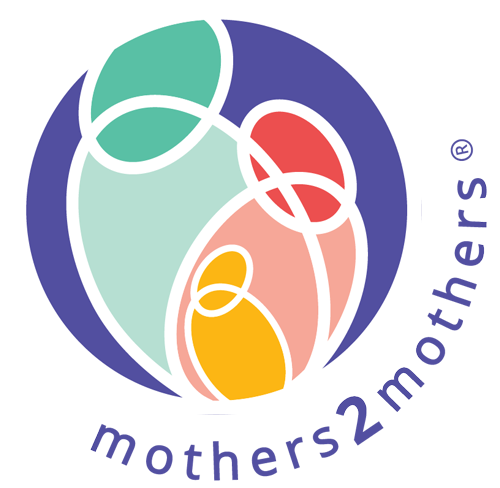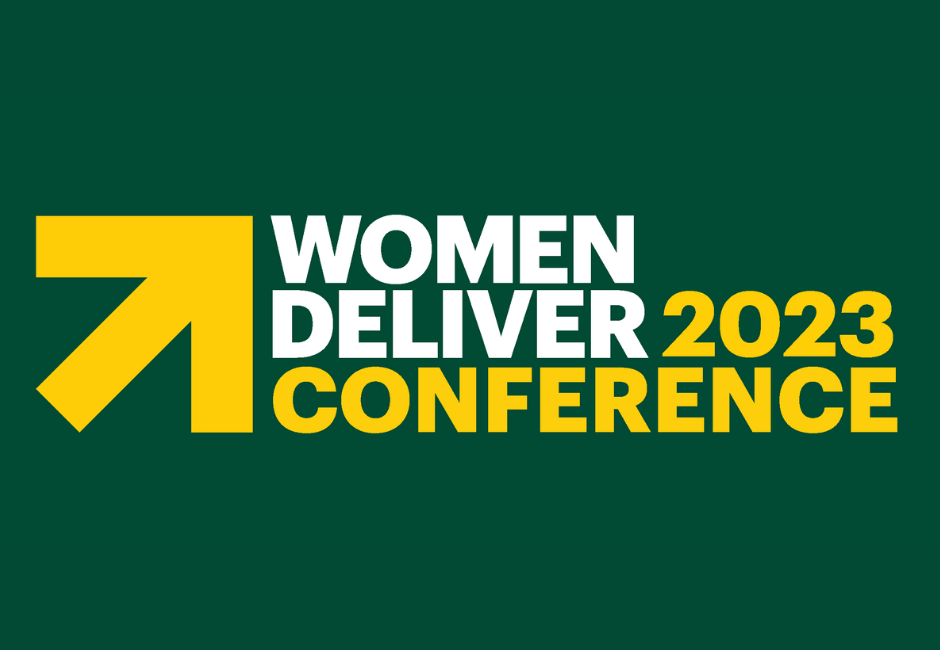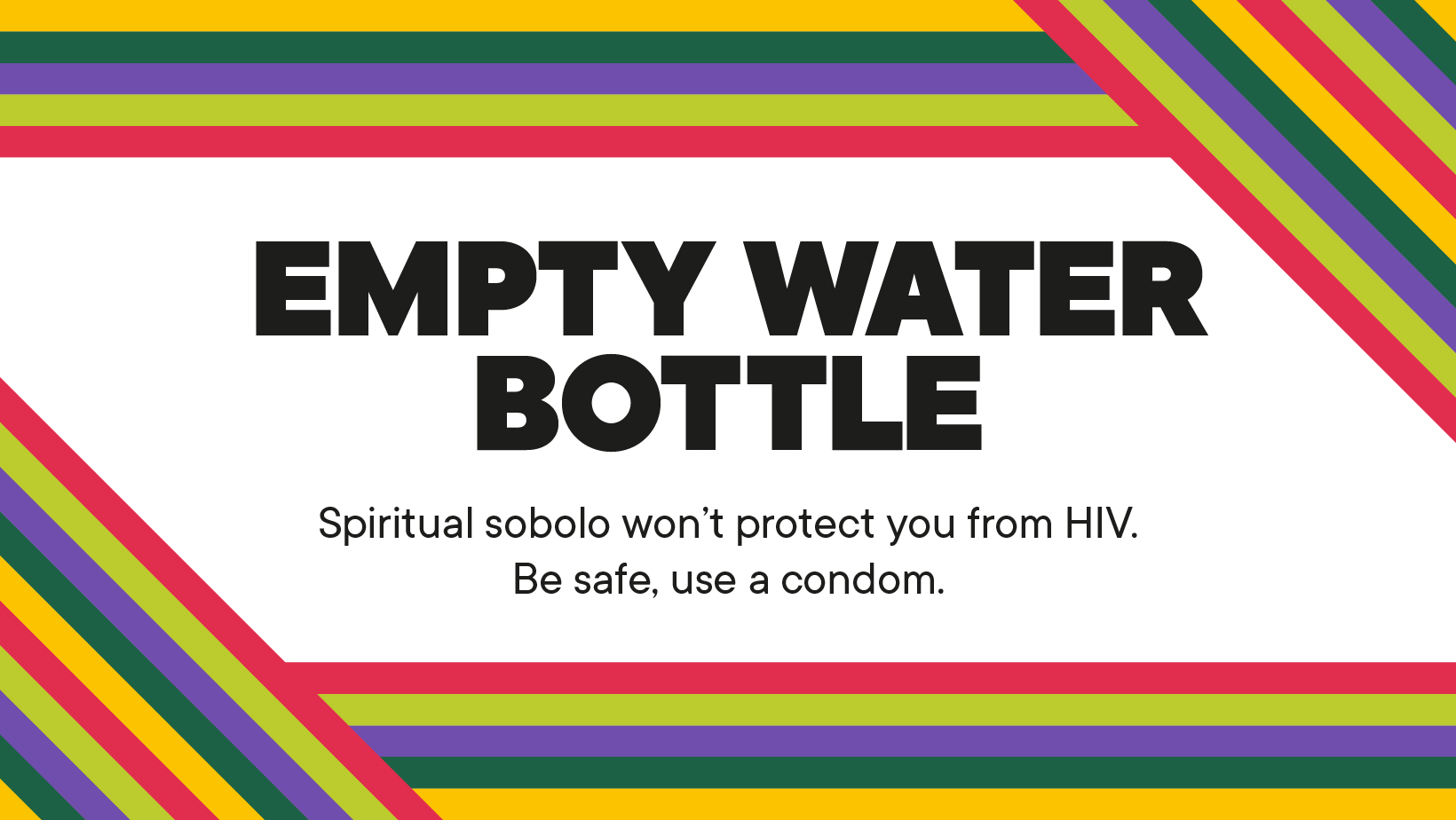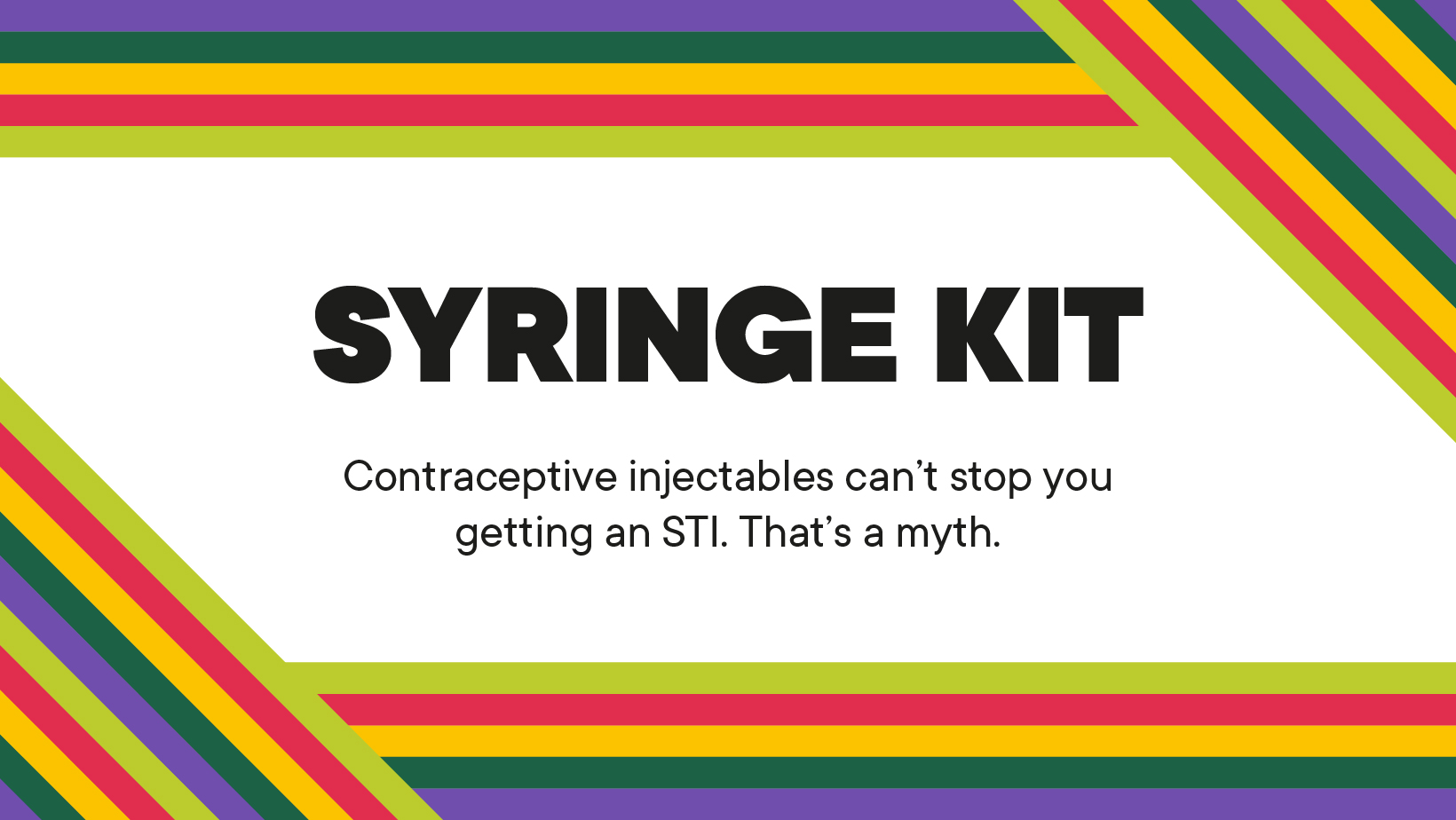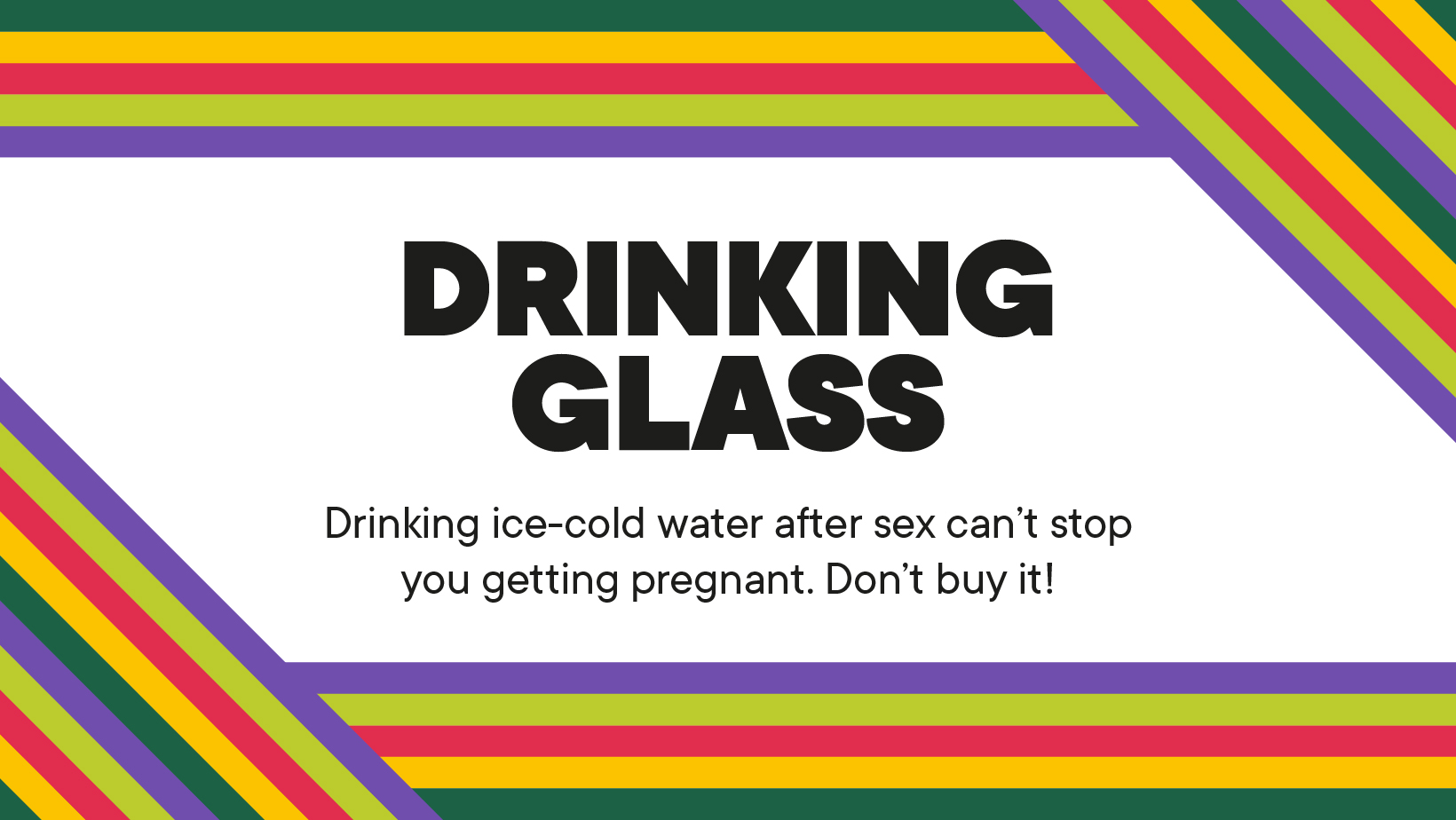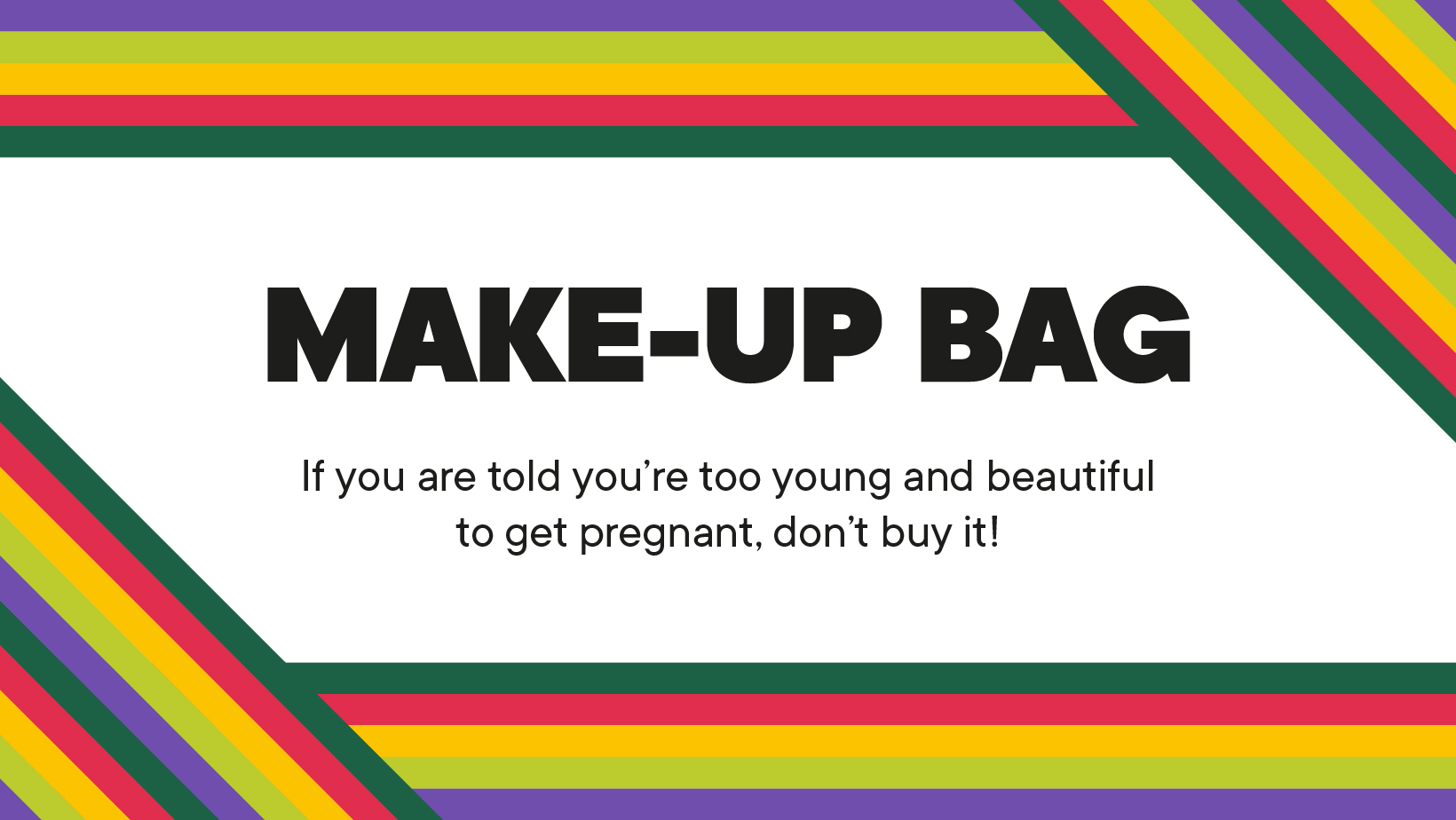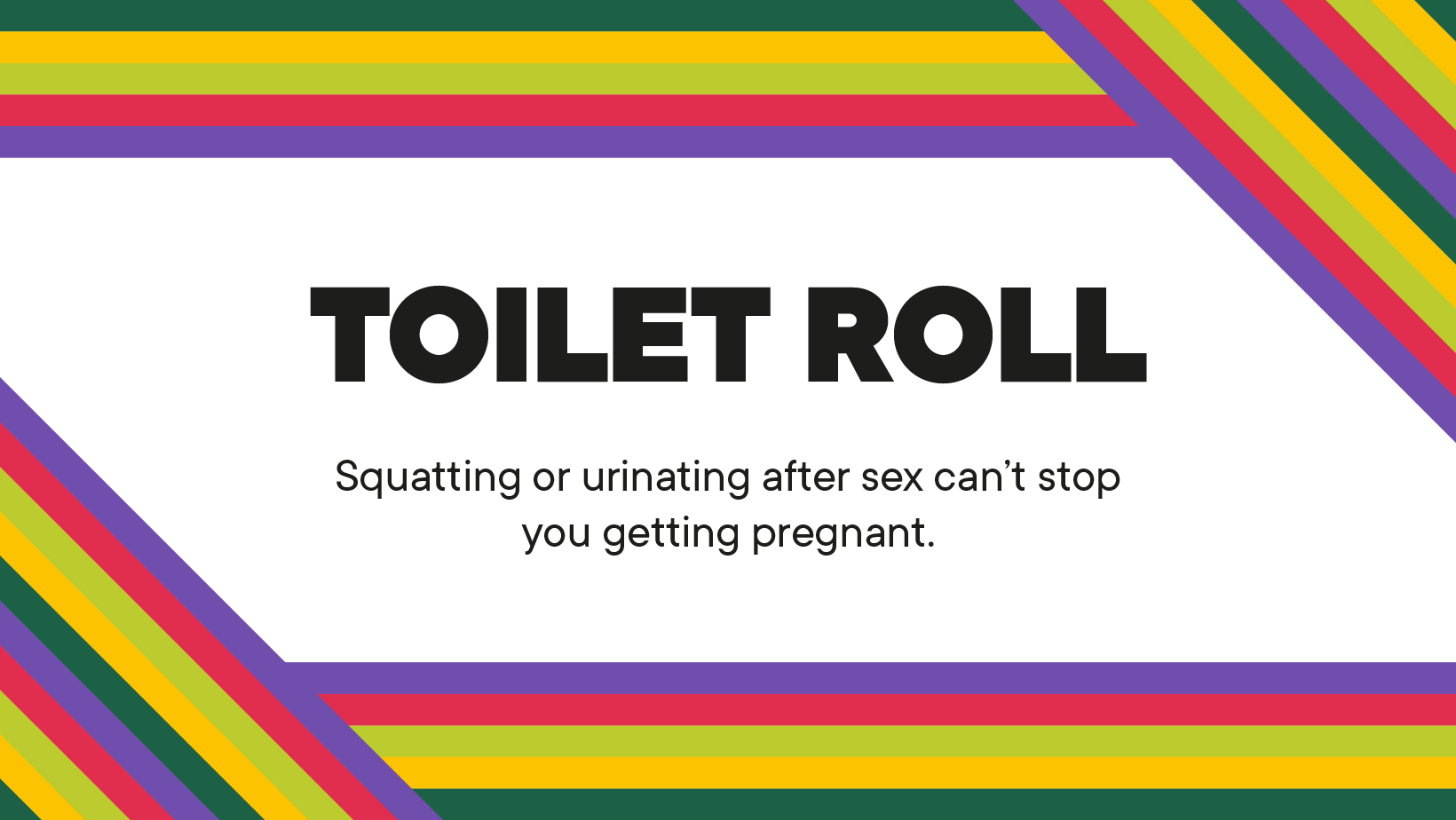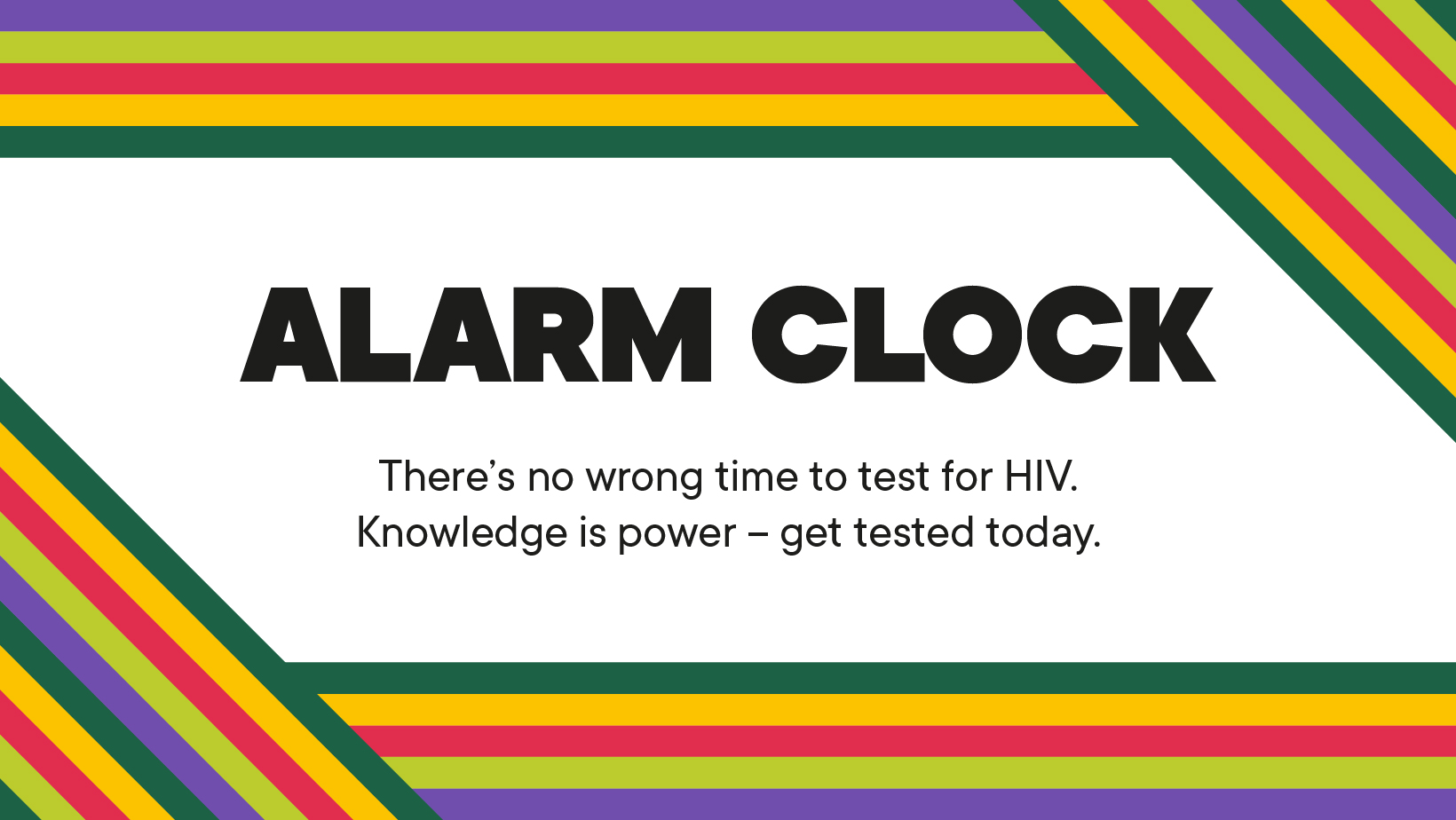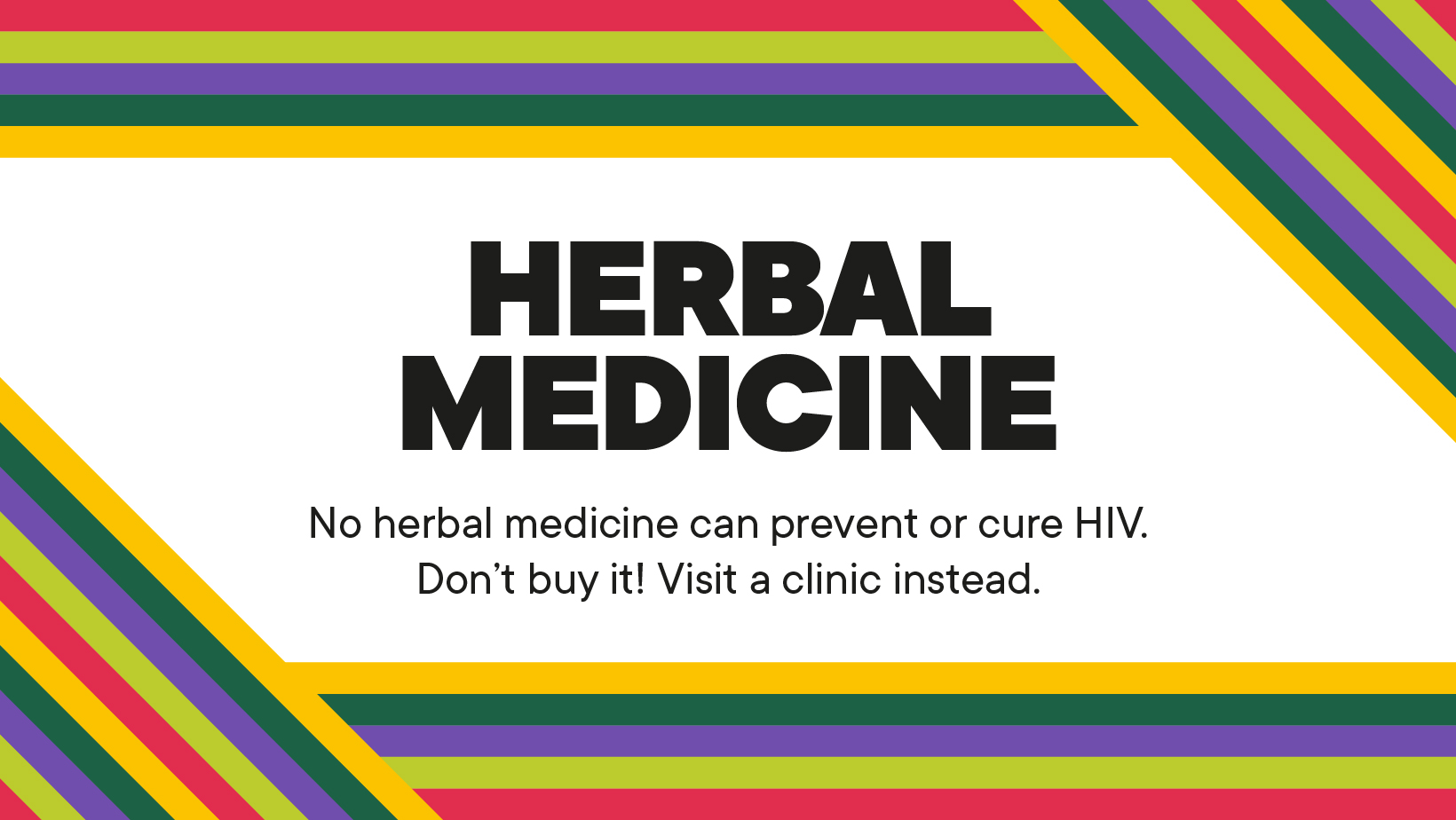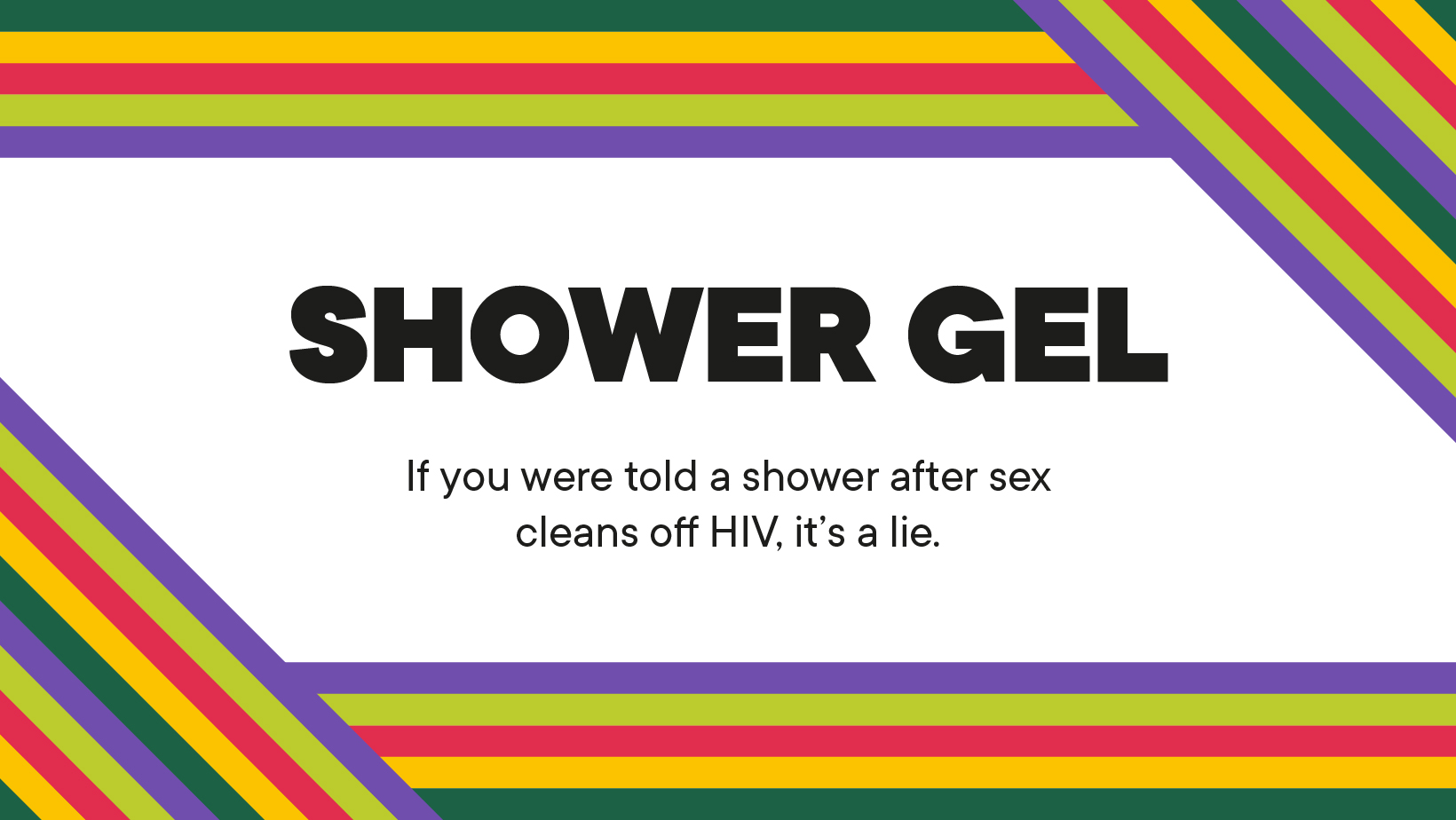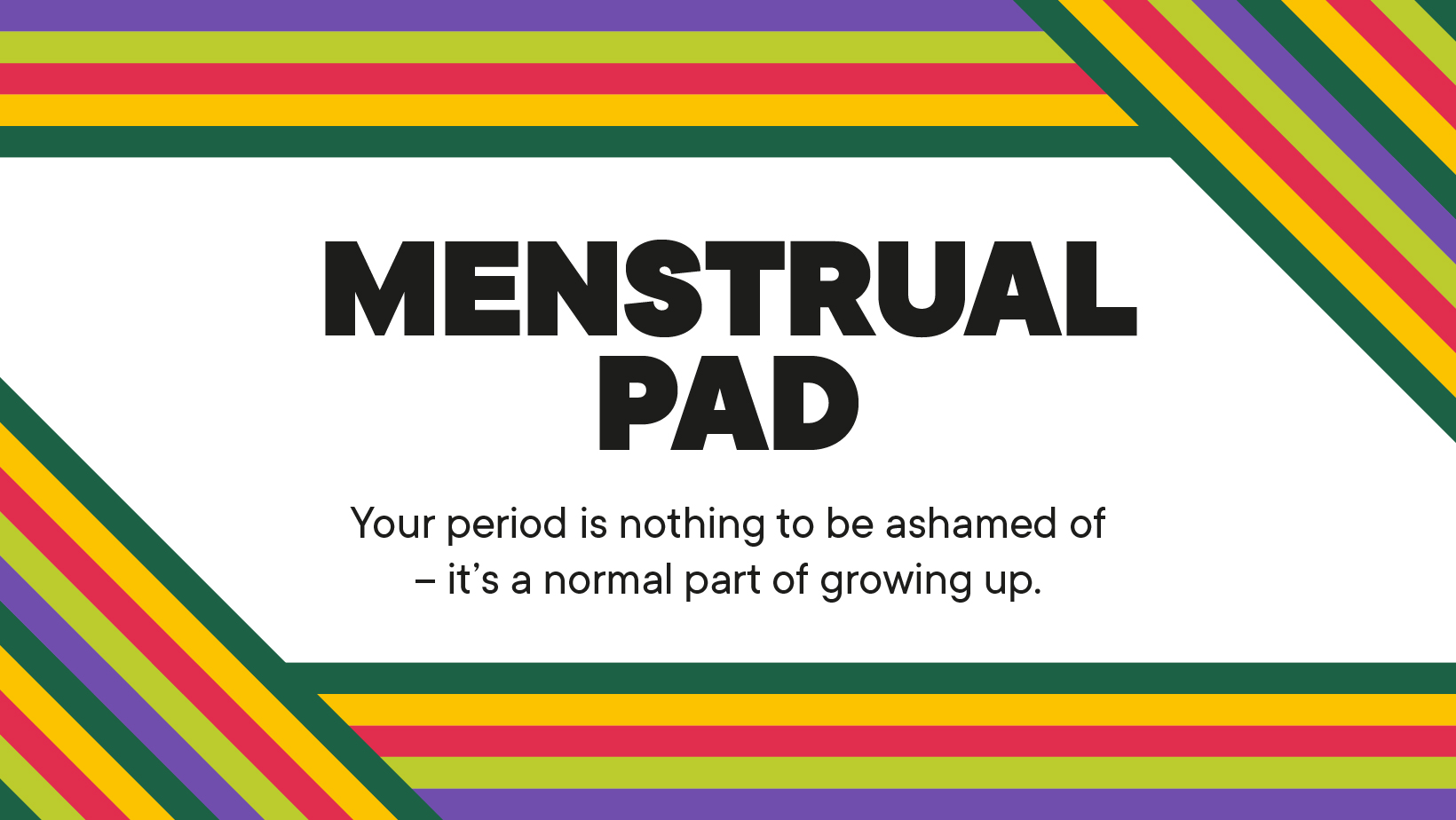What Do Community Health Workers Need? Investment, Support, and Recognition.
As the global health community gathers this week for the Fifth Global Forum on Human Resources for Health, mothers2mothers (m2m) welcomes the opportunity to take stock of the progress made since the last Forum in 2017—and to honestly and openly discuss the gaps and obstacles that still prevent the health and care workforce from fully deploying its potential to make health for all a reality.
For m2m in particular, this means focusing on the role of, and support for, Community Health Workers (CHWs), who have increasingly been acknowledged as critical players in the delivery of the strong, people-centred primary health care necessary for universal health coverage. We know that we need the efforts and leadership of CHWs if we are to achieve universal health coverage and health for all—but too often policymakers overlook or omit what CHWs need, as individuals and professionals, to do their job well, and feel fulfilled and motivated.
What Do Community Health Workers Need?
Today, too many CHW roles remain voluntary, with limited training options or financial incentives needed to encourage the delivery of quality health services. To unlock the full potential of this workforce, we believe that policymakers must urgently take steps to ensure working as a CHW is an exciting, motivating, and viable career option, where workers feel invested in, recognised, and supported. With the theme of the Fifth Global Forum on Human Resources for Health being “Protecting, safeguarding, and investing in the health and care workforce”—and with Health Worker Week running this week too—m2m is highlighting three vital ingredients that will contribute to a motivated, efficient, and productive CHW cadre: investment, recognition, and support.
Why?

m2m community health worker in South Africa.
This is critical as universal health coverage depends on quality primary health coverage, which in turn relies on paid, professional, skilled, and supported CHWs. Scaling up primary health care interventions across low- and middle-income countries could deliver consequential health gains for so many—from saving 60 million lives to increasing life expectancy by 3.7 years by 2030. These are the kind of gains that will firmly set the world on the path to achieving health for all by 2030.
So, where are we urging policymakers to focus?
Investment
Only 14% of health workers in sub-Saharan Africa are salaried, and according to Africa Frontline First, the African continent is facing an annual financing gap toward community health of around $4.4 billion. This needs to change.
For more than two decades, m2m has invested in nearly 12,000 CHWs, who have reached over 15 million people across a dozen African nations and helped to virtually eliminate the transmission of HIV from mother-to-child among our enrolled clients for eight years straight. This is what has made our impact so meaningful and long-lasting—our investment in, and employment of, African women living with HIV as CHWs.
Recognition

m2m community health workers in Malawi.
CHWs are not recognised in the same way across different countries. Certification and accreditation—through a national register with agreed minimum certification requirements—is an important ingredient in unlocking the full potential of this cadre. Accreditation carries a number of benefits both for the health system, and the health worker: it reduces fragmentation, allows for easier resource planning, and creates enhanced career paths.
m2m’s experience puts us in a unique position to advocate for this to be developed and incorporated at national and regional levels, and to work with governments to achieve this.
Support

m2m community health worker, and her client in Uganda.
Like other health professions, being a CHW can be both mentally and physically challenging. It is therefore critical that policymakers put structures in place to effectively support CHWs with their vital, and at times demanding, roles, and the delivery of a quality care service.
This starts with better supervision and training, to help guide and coach CHWs so that they can stay up to date with health guidelines, and ensure uniformity in standards and compliance. Digital tools also help CHWs deliver and measure their services, and provide their clients with real time data and guidance. COVID-19 has shown how vital these digital tools can be in bridging the last mile when circumstances make it hard for CHWs to reach people in person.
Keep up to date!
If like us, you want to help ensure that the focus on what CHWs need and deserve to unlock their full potential remains front and centre of discussions around the health and care workforce, then follow and reshare our posts on social media this week (and beyond!), and subscribe to our newsletter.
